The rambling remains of Kilwa Kisiwani, a once famed Swahili port city, tell tales of trade, conquest and forgotten grandeur. If you plan to visit Tanzania, make space for the island on your itinerary. By Karin Theron
Close to Kilwa Masoko, some 300km south of Dar es Salaam, the capital of Tanzania, are the astonishing remains of two ancient port cities. Today Kilwa Kisiwani and the smaller, nearby Songo Mnara together are a UNESCO World Heritage Site and well worth a visit.
Sailors of the Indian Ocean have taken advantage of the monsoon winds for at least 2,000 years. The direction of the prevailing winds changes twice a year, enabling sailing ships to cross the ocean and safely return every year. From November to March the wind blows from the northeast to the southwest. Then from June to September, it undergoes a complete reversal to blow in the opposite direction. The reliability of these winds has made navigation across the Indian Ocean predictable. This was a crucial factor in the early development of the trade network – and the port cities.
Kilwa Kisiwani in its heyday
Kilwa Kisiwani had been inhabited since at least the 9th century AD. At the peak of its prosperity in the 14th to 15th centuries, it was the wealthiest Swahili city and controlled the sea trade routes of the African coast. Ships carried gold, ivory and slaves from Africa for trade in India, Arabia and the Persian Gulf.
Kilwa Kisiwani’s wealth and strategic position was a source of envy for foreign powers. As a result, the island was subject to foreign rule between the 16th and 19th centuries. At various periods, the Portuguese, the Omani rulers of Zanzibar and the Germans all held sway here.
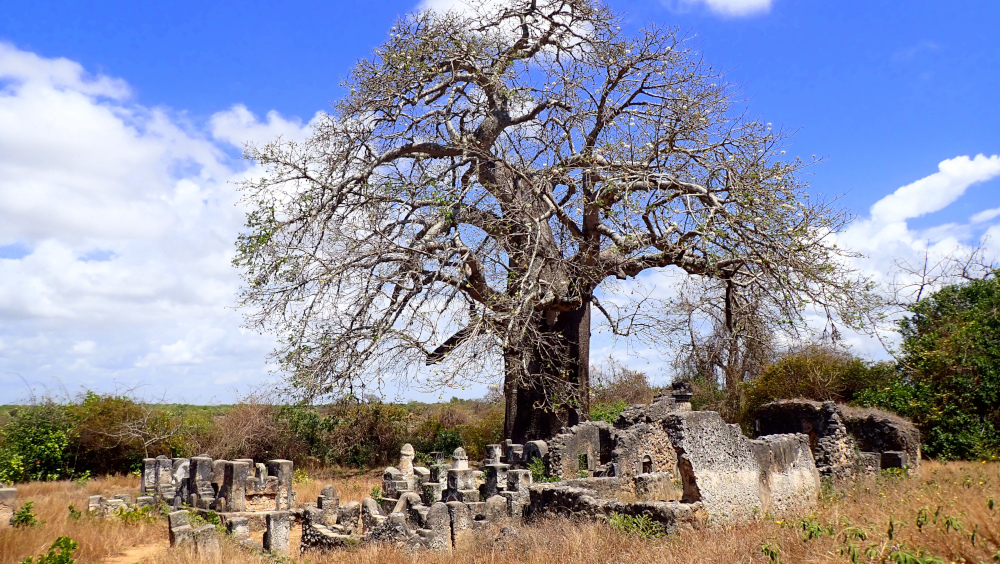
On his travels to Kilwa Kisiwani in 1331, the Moroccan traveler Ibn Battuta described it as one of the most beautiful and elegantly built cities. The description of Duarte Barbosa, a Portuguese commercial agent who visited in 1516, makes you long to travel back in time to see the island as it was in its heyday. He said: “The people are Moors of a dusky colour, and some of them are black and some white; they are very well dressed with rich cloths of gold, silk and cotton, and the women also… with much gold and silver in chains and bracelets on their arms and legs and ears.”
Atmospheric ruins to explore
Today scattered ruins testify to the island’s earlier prominence and the once bustling city survives as a quiet fishing village with some 1,000 inhabitants.
On Kilwa Kisiwani the most impressive remains are the Great Mosque, the Great Palace of the Sultan and the Great Fort built by the Portuguese.
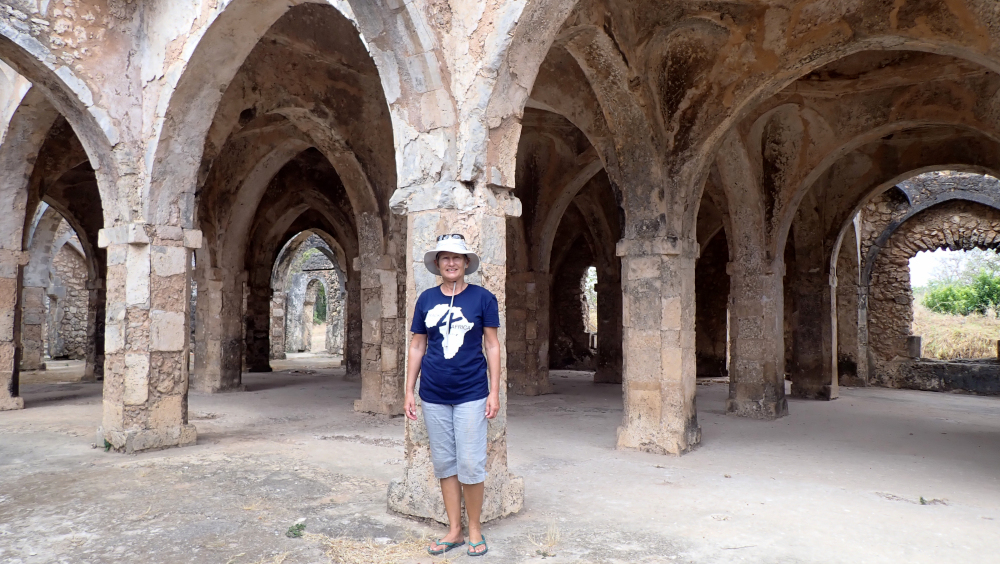
The Great Mosque is really two mosques. The smaller prayer hall dates back to the 11th century while the larger prayer hall was constructed around 1320. The scale of the Great Mosque reflects the wealth and unique status of the Sultans of Kilwa.
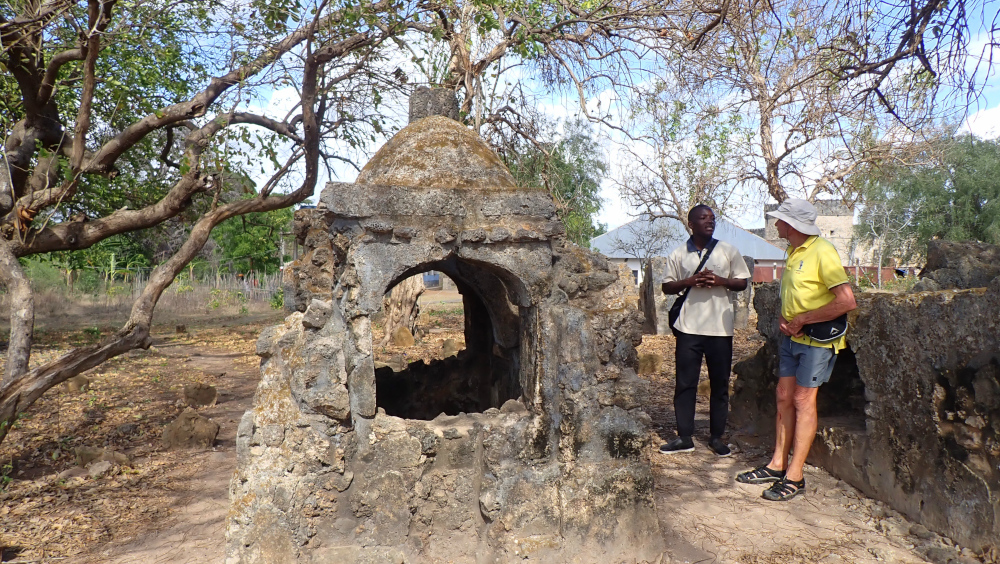
The inhabitants used coral for building. The coral is cut from the reefs or along the shore at low tide where the rock is softer and easier to extract. To make mortar and plaster, the inhabitants burnt coral to create lime and mixed this with sand or gypsum.
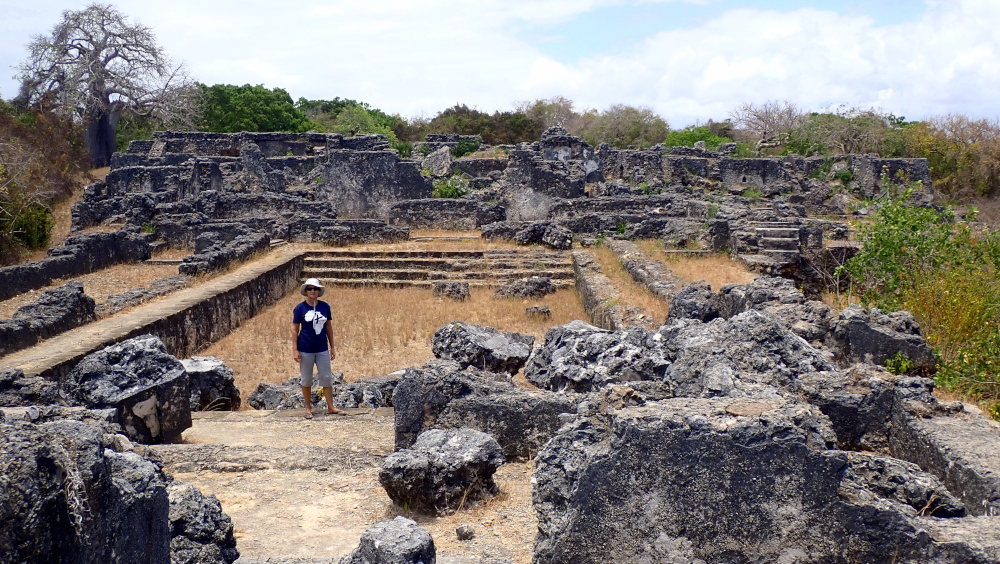
The first palace built on the island by the Persians was Husuni Kubwa Palace. It was constructed during the 14th century and its elegance included a swimming pool.
Makutani Palace served as the Sultan’s residence as well as a commercial building. The palace had a tower and massive walls to protect it against intruders. It had its origins during the 18th century, at the height of the slave trade.
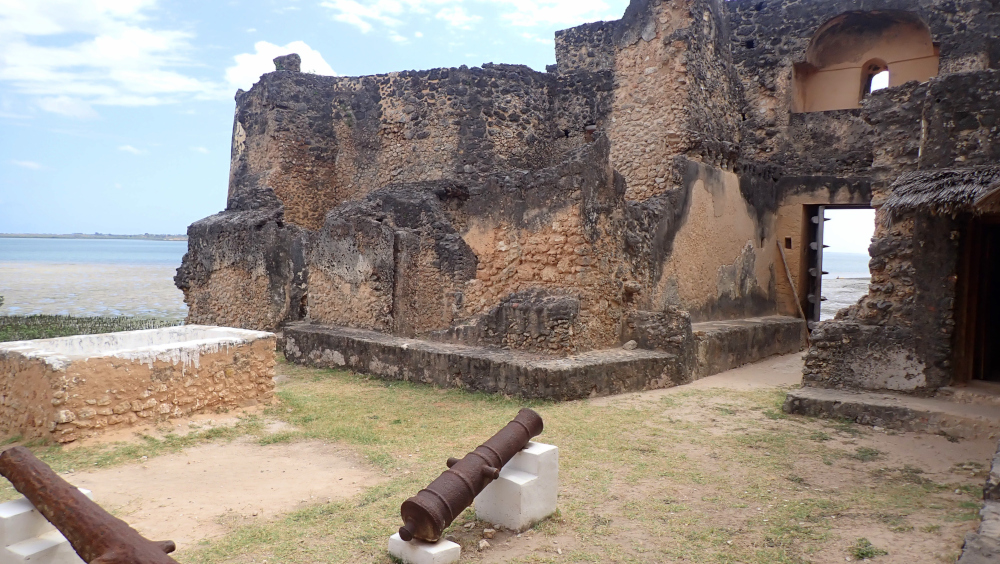
Built in 1505 to defend Kilwa Kisiwani, the Great Fort has a good vantage point. It has been restored in parts and today houses a small museum. During the German and much later British colonial era, the Great Fort was a jail.
Travel tips
How to get to the ruins: Taxi boats run between the Kilwa Masoko harbour and the islands. They charge Tshs 20,000 return per person for the 10-minute ride.
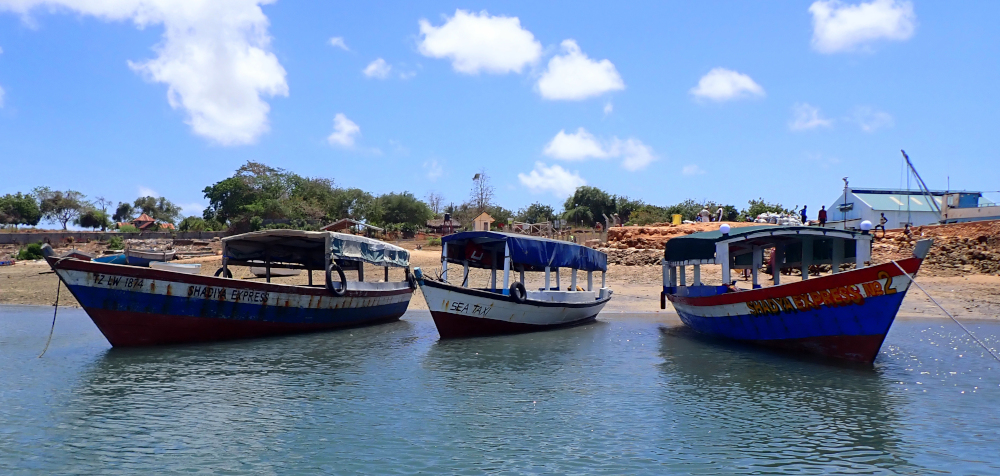
Duration: Allow 4–5 hours for the excursion. Take your hat and water and remember to put on sunscreen.
Where to get your permit: Just up the main road from the Kilwa Masoko harbour, at the office of the Tanzania Wildlife Management Authority (TAWA). Note that it is possible to pay by credit card.
Cost of permit: The permits cost Tshs 27,000 per person for each one of the islands.
You have to hire a local guide, whose fee is negotiable. The guides are very knowledgeable and speak English. It would be impossible to see the ruins on your own as they are scattered around the island.
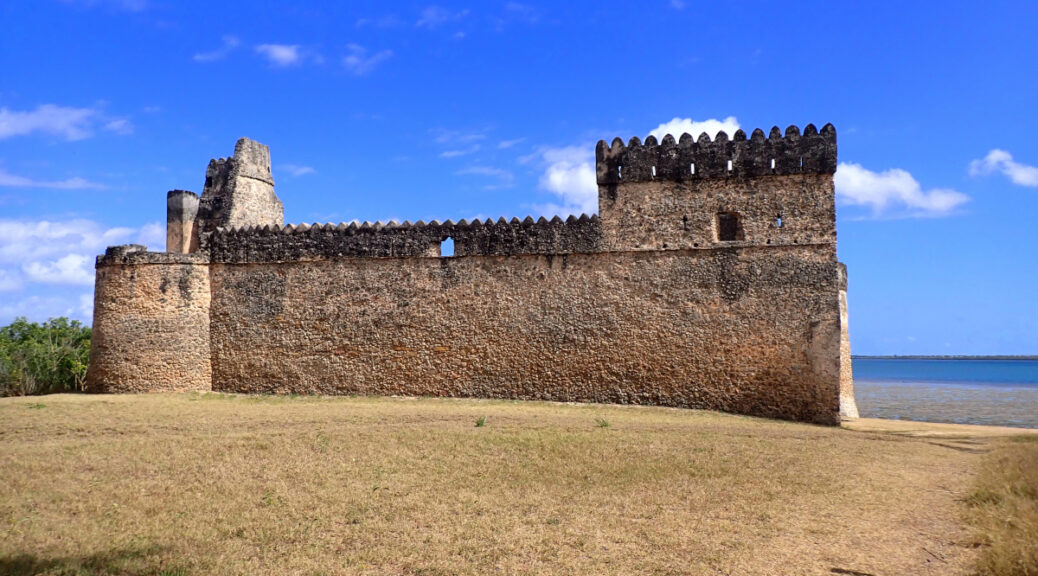

Warmly welcome at Kilwa kisiwani and Songo Mnara
I am Daud Gidion a tour guide in both Kilwa Kisiwani and Songo
mnara world heritage site,
For the best day excursion I am available all the time via
Email,; gidiondaud2001@gmail.com
WhatsApp +255627852420.
Welcome